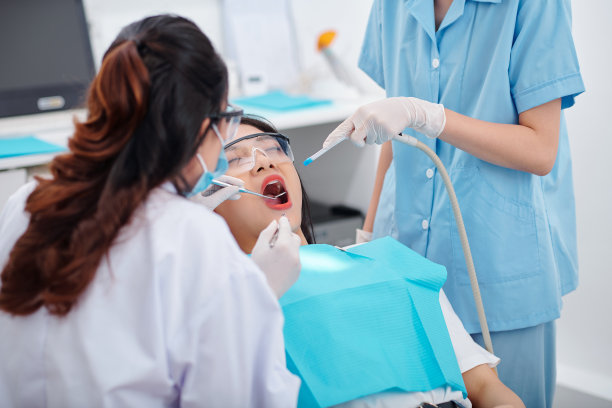Understanding the Process and Implications of Extracting a Tooth for Oral Health and Well Being
Summary: Tooth extraction is a dental procedure that, while often necessary, raises numerous questions regarding its process and implications for oral health and overall well-being. This article explores the critical aspects of extracting a tooth, covering the reasons for extraction, the procedure itself, recovery expectations, and the long-term effects on oral health. Understanding these factors is essential for patients facing this procedure, preparing them for both the immediate and future impacts on their dental health. By delving into these areas, we aim to equip readers with the knowledge to make informed decisions about their dental care.
1. Reasons for Tooth Extraction Explained

Tooth extraction can become necessary for various reasons, the most common of which include severe tooth decay, gum disease, or overcrowding. In cases of extensive decay, a tooth may no longer be salvageable through restorative procedures such as fillings or crowns. For many patients, tooth extraction becomes the only viable option to eliminate pain and restore oral functionality.
Another significant reason for tooth extraction is periodontal disease. As the gums and supporting structures of the teeth weaken, the risk of tooth loss increases. Dentists often recommend extraction of severely impacted teeth to prevent further transmission of infection and damage to adjacent teeth.
Finally, overcrowding in the mouth can lead dentists to recommend extraction as part of orthodontic treatment. Removing certain teeth can create adequate space to properly align the remaining teeth, improving overall dental aesthetics and function.
2. The Tooth Extraction Process Overview
The tooth extraction procedure typically begins with an initial consultation. During this visit, the dentist conducts a thorough evaluation, which includes taking X-rays to assess the tooths root structure and its relationship to surrounding tissues. Understanding the condition of the tooth prepares both the dentist and the patient for what to expect during the extraction.
Once the procedure is scheduled, the dentist will administer local anesthesia to numb the affected area, ensuring the patients comfort throughout the process. In some cases, sedation may be used for heightened anxiety management. After the area is numbed, the dentist carefully loosens the tooth using specialized tools and then gently removes it.
Post-extraction, patients are advised on aftercare procedures to facilitate healing. This typically includes managing pain and swelling, instructions for diet, and recognizing signs of complications such as infection or excessive bleeding. Following these guidelines is essential to a smooth recovery.
3. Recovery and Aftercare Procedures
Recovery from a tooth extraction varies for each individual, but some common experiences are to be expected. Most patients can anticipate some discomfort and swelling following the procedure, which can generally be managed with over-the-counter pain relief medication. Additionally, applying ice packs to the affected area can help reduce swelling and provide relief.
Dietary changes are another necessary aspect of recovery. Patients are typically advised to stick to a soft food diet for at least a few days, avoiding hard, crunchy, or spicy foods that could irritate the extraction site. Hydration is also important, but patients should avoid using straws in the immediate recovery period, as the suction can dislodge the blood clot that forms in the socket.
Finally, patients should attend follow-up appointments as advised by their dentist. Monitoring the healing process allows for the early detection of any complications and ensures the extraction site is properly healing.
4. Long-term Effects on Oral Health
Tooth extraction can have significant long-term implications on oral health. One of the primary concerns is the potential for shifting teeth. When a tooth is removed, adjacent teeth may begin to shift into the empty space, leading to misalignment and bite issues. This can complicate future dental work and increase the need for orthodontic treatment.
Moreover, the loss of a tooth can also affect bone health. The jawbone often requires stimulation from the roots of teeth to maintain its density. When a tooth is extracted, the lack of stimulation can lead to bone resorption, which may weaken the jawbone over time.
Lastly, understanding the long-term effects of tooth extraction can inform decisions about restorative options. Many patients may consider dental implants, bridges, or dentures to fill gaps and restore functionality. Each option presents its own set of considerations regarding cost, maintenance, and aesthetic outcomes, leading to informed conversations with dental professionals.
Summary:
In conclusion, understanding the multifaceted aspects of tooth extraction—its necessity, the procedure, recovery, and long-term consequences—equips patients with vital information to navigate their dental care. By being informed, patients can minimize anxiety and make educated decisions regarding their oral health.
This article is compiled by Vickong Dental and the content is for reference only.



